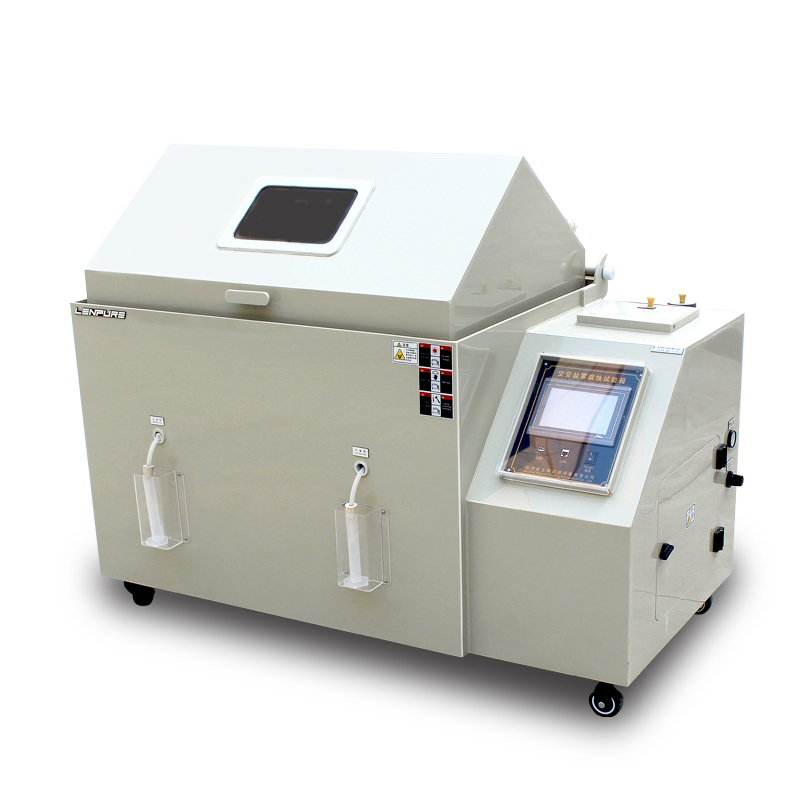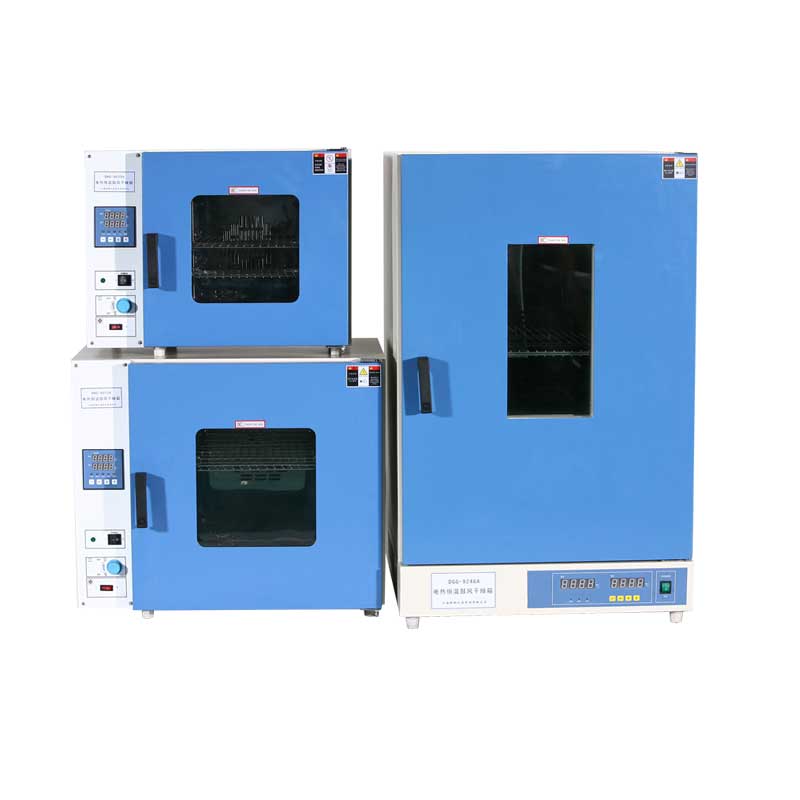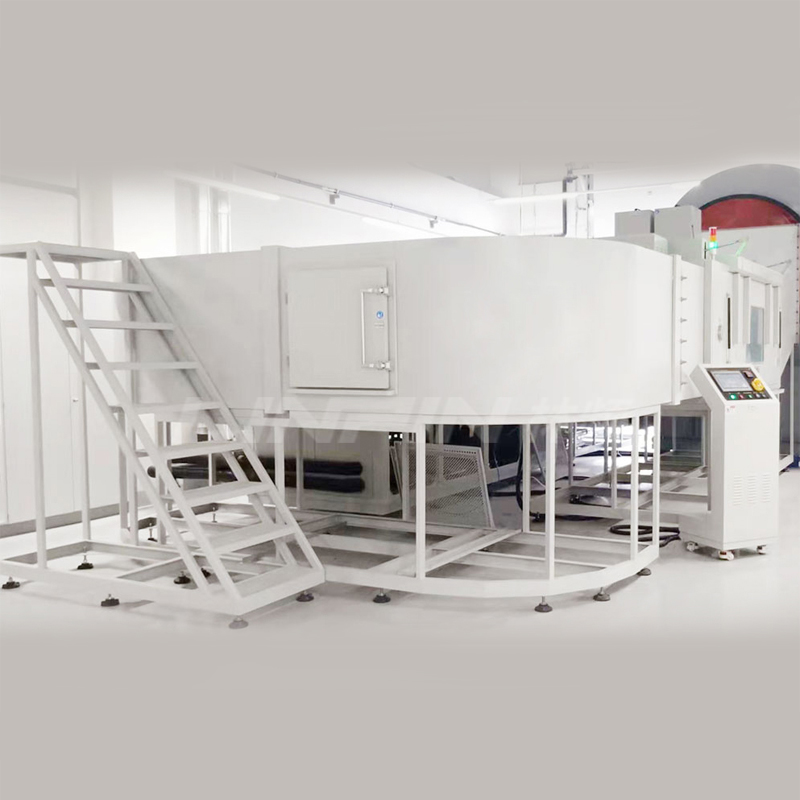Several Requirements for Sample Placement in Salt Spray Chambers
Author:LINPIN Update Time:2025-04-17 Source:LINPINTo ensure the accuracy of salt spray test results, the placement of samples must adhere to certain standards and requirements. Typically, the test surface of the sample should be inclined at an angle of 15–30° to the vertical direction, with 20° being the ideal angle whenever possible. In addition to this angle requirement, what other details should be considered when placing samples? Let’s explore the specifics below.

1. Material Requirements for Sample Supports
The supports for samples in the salt spray test chamber should be made of materials such as plastic or glass, as these are resistant to acid, alkali, and salt spray corrosion. If samples need to be suspended on the supports, the suspension material must not be metallic. Instead, synthetic fibers, cotton fibers, or other insulating materials should be used.
2. Placement Orientation and Spacing
When placing samples in the chamber, the test surface must face upward to allow the salt spray to settle and deposit naturally on the surface rather than being directly sprayed onto it. Samples should be positioned on different horizontal planes within the chamber but must not come into contact with the chamber walls, maintaining a certain distance from them. If multiple samples are tested simultaneously, sufficient spacing must be ensured between them. This guarantees that salt spray can settle evenly on each sample’s test surface and prevents droplets from one sample from dripping onto another, which could compromise test results.
3. Placement Methods for Different Sample Types
- Flat samples: Lay them flat on the supports.
- Small cylindrical or rod-shaped samples: Suspend them from above using appropriate materials.
- Large samples (weighing over 15 kg): Place them directly at the bottom of the chamber, supported by wooden blocks or corrosion-resistant brackets.
The above covers the key requirements for sample placement in salt spray chambers. Before placing the samples, operators should also ensure that the chamber is free of debris to avoid interference with the test.





